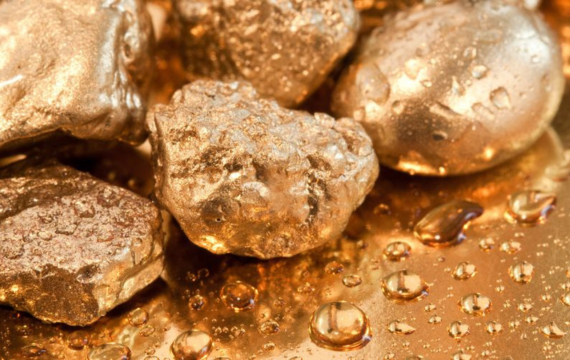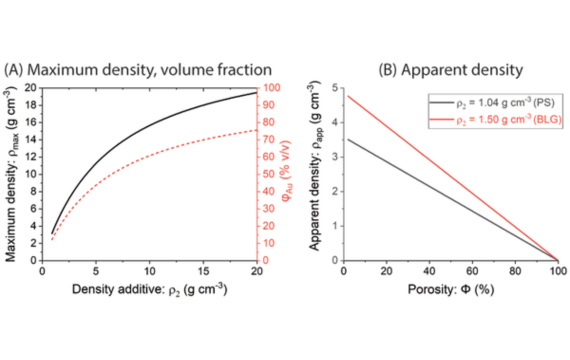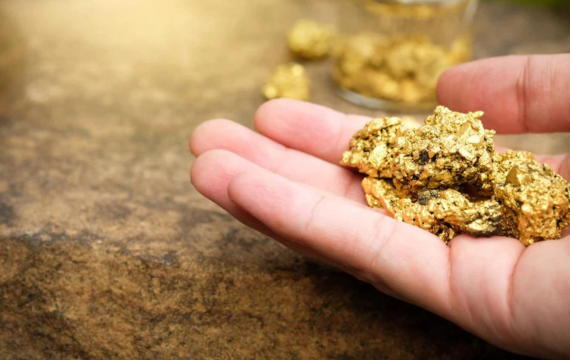Gold is one of the most precious metals available. Among the critical properties of gold is its density.
In this article, we will analyze some fundamental aspects of gold density. From numerical values, measurement units, compare it to carat to understanding why knowing density is critical.
Of course, we will also explore some calculation and factors affecting the density.
What is the density of gold in kg/m3?
Gold has a density of 19,320 kg/m3. In the gold industry, you will find that this exact density is extremely useful in determining the quality and purity of the gold. Pure gold has this high density, making it among the densest metals in the known database.
From smelting to creating gold products or even selling them, density is used to confirm its authenticity or to calculate the required material. The density could vary slightly, which might point to the presence of impurities, which means that precise measurements must be made.

Other Units for Measuring Gold Density
The density of gold can be measured using many units, depending on your preference of units of the density. Two of the mostly used units include kilograms per cubic meter (kg/m3) and grams per cubic centimeter (g/cm3), and gold density is 19.32 g/cm3. This unit is utilized in various small-scale operations like jewelry or coin-making industries, among others.
For industries targeting larger scales, you might use pounds per cubic foot (lb/ft³), where gold has a density of about 1,206 lb/ft³. These units enable one to obtain accurate densities of gold in various applications in order to facilitate precise smelting, production, and quality control standards to be met.
Comparing Density of Gold to Other Metals
| Metal | Density (kg/m³) |
| Density of Gold | 19,320 |
| Density of Tungsten | 19,250 |
| Density of Silver | 10,490 |
| Density of Platinum | 21,450 |
| Density of Copper | 8,960 |
| Density of Steel | 7,850 |
Importance of Knowing Density of Gold
Understanding the density of gold is critical in the gold business for several reasons. You will be using it to check on the purity of gold; pure gold has a standard density of 19320 kg/m2. Any variation in them could point more towards the presence of impurities or even alloys with the original material.
In smelting and manufacturing, density is useful in managing material requirements and costs because these are calculated based on their precise quantities. Similarly, for selling gold, the issue of density does influence weight and thus value. When you get to be acquainted with the principles, you win double as far as quality control, correct product authentication, and correct gold pricing are concerned.
Comparing Gold Density and Gold Carat
As we have seen, gold density and carat have different roles in determining the quality of the product. Pure gold has a density of 19,320 kg/m3, and this remains constant irrespective of the CARAT. Carat, on the other hand, is a term that is used to describe the purity of gold.
For instance, 24-carat gold is almost one hundred percent gold, and 18 carat contains 75% gold, and the rest is other metals. When lowering the carat, the density reduces marginally because the added metals are less dense than gold and can comprise up to 5% of the total weight.

How Alloying Gold Affects Density
The kind of changes in gold density occur when one decides to blend gold with other metals. The proportions of gold and the alloying metals will determine the density of the alloy in question by large margins. The proportion of a denser metal will elevate the general density of the composite system in question.
Pure gold has a density of 19,320 kg/m³, however, once it is mixed with other metals like copper, silver, or nickel, the general density reduces. This occurs due to the fact that a majority of alloying metals are relatively lighter in density as compared to gold. For instance, 18-carat gold is made up of 75% gold and the rest 25% being other metals, making it less dense than pure 24-carat gold.
This means that, as you go on adding more of the alloying metals, the density reduces gradually. Understanding how alloying matters to density allows you to optimize gold for certain uses, like increasing its hardness or decreasing its mass, without sacrificing its worth.

Factors Affecting Density of Gold
- Purity (Carat)
Carats, which define the purity of gold, have a great influence on the density of the material in question. The density of gold that has been refined and is as pure as possible, or 24 carat gold, is approximately 19,320 km/m3. However, if you decide to use a lower-carat gold like 18 carat (which is predominantly 75% gold and 25% of other metals), the density is significantly lesser. Reducing the proportion of gold results in a lower density since alloying metals are usually less dense than gold.
- Alloying Metals
Mixing or combining gold with other metals means that it affects its density in a way that is direct. They mix gold with some metals such as silver, copper, or nickel in a bid to enhance its hardness, toughness, or shade. These metals most often have a density less than that of gold; thus, as the percentage of the alloying metals rises, the density lessens. For instance, 18-carat gold is lighter than 24-carat pure gold because 18-carat gold contains lighter metals.
- Temperature
When you heat gold, it expands and therefore becomes lighter as the density decreases. Even if the change is relatively small, it becomes very significant in hot processes like smelting or refining. With an increase in temperature, the atoms of the gold spread out further, and the material occupies a larger volume, resulting in a reduction in density.
Calculating Density of Gold
Density is one of the fundamental physical characteristics determined by the amount of substance mass within a given volume. It’s calculated using the formula:
Density = Mass / Volumes
Hence, if you want to calculate the density of gold, both the mass of gold and the volume of gold are required.
- Mass: The mass of gold can be done using a balance or scale.
- Volume: Methods used to calculate the volume of gold depend on the object’s shape:
- Regular Shapes: For simple shapes like cubes or spheres, the volume can be calculated using geometry formulas for such shapes.
- Irregular Shapes: For irregular shapes of gold, displacement techniques can be used where the gold is dipped in a graduated beaker and the amount of water it displaces is measured.
FAQs
1. Is gold the most dense metal?
Despite its high density, it is still not the densest metal. That honor goes to two of the densest elements on the periodic table: osmium and iridium, which have densities of approximately 22,590 kg/m3.
2. Does density define the quality of gold?
Density is one of the most important criteria that can be used to confirm that gold is pure. The density of pure gold is according to standard 19,320 kilograms per cubic meter. Any deviation from this value would suggest that contaminants or alloying metals are present.




